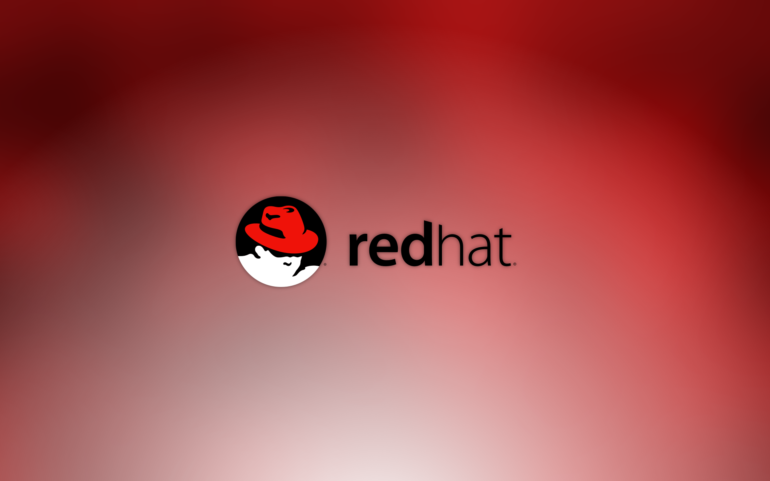
Last month, Red Hat caused a lot of consternation in the enthusiast and small business Linux world when it announced the discontinuation of CentOS Linux. Long-standing tradition — and ambiguity in Red Hat’s posted terms — led users to believe that CentOS 8 would be available until 2029, just like the RHEL 8 it was based on. Red Hat’s early termination of CentOS 8 in 2021 cut eight of those 10 years away, leaving thousands of users stranded. Red Hat’s December announcement of CentOS Stream — which it initially billed as a “replacement” for CentOS Linux — left many users confused about its role in the updated Red Hat ecosystem.
As of February 1, 2021, Red Hat will make RHEL available at no cost for small-production workloads — with “small” defined as 16 systems or fewer. This access to no-cost production RHEL is by way of the newly expanded Red Hat Developer Subscription program, and it comes with no strings — in Red Hat’s words, “this isn’t a sales program, and no sales representative will follow up.” Red Hat is also expanding the availability of developer subscriptions to teams, as well as individual users. Moving forward, subscribing RHEL customers can add entire dev teams to the developer subscription program at no cost. This allows the entire team to use Red Hat Cloud Access for simplified deployment and maintenance of RHEL on well-known cloud providers, including AWS, Google Cloud, and Microsoft Azure.

